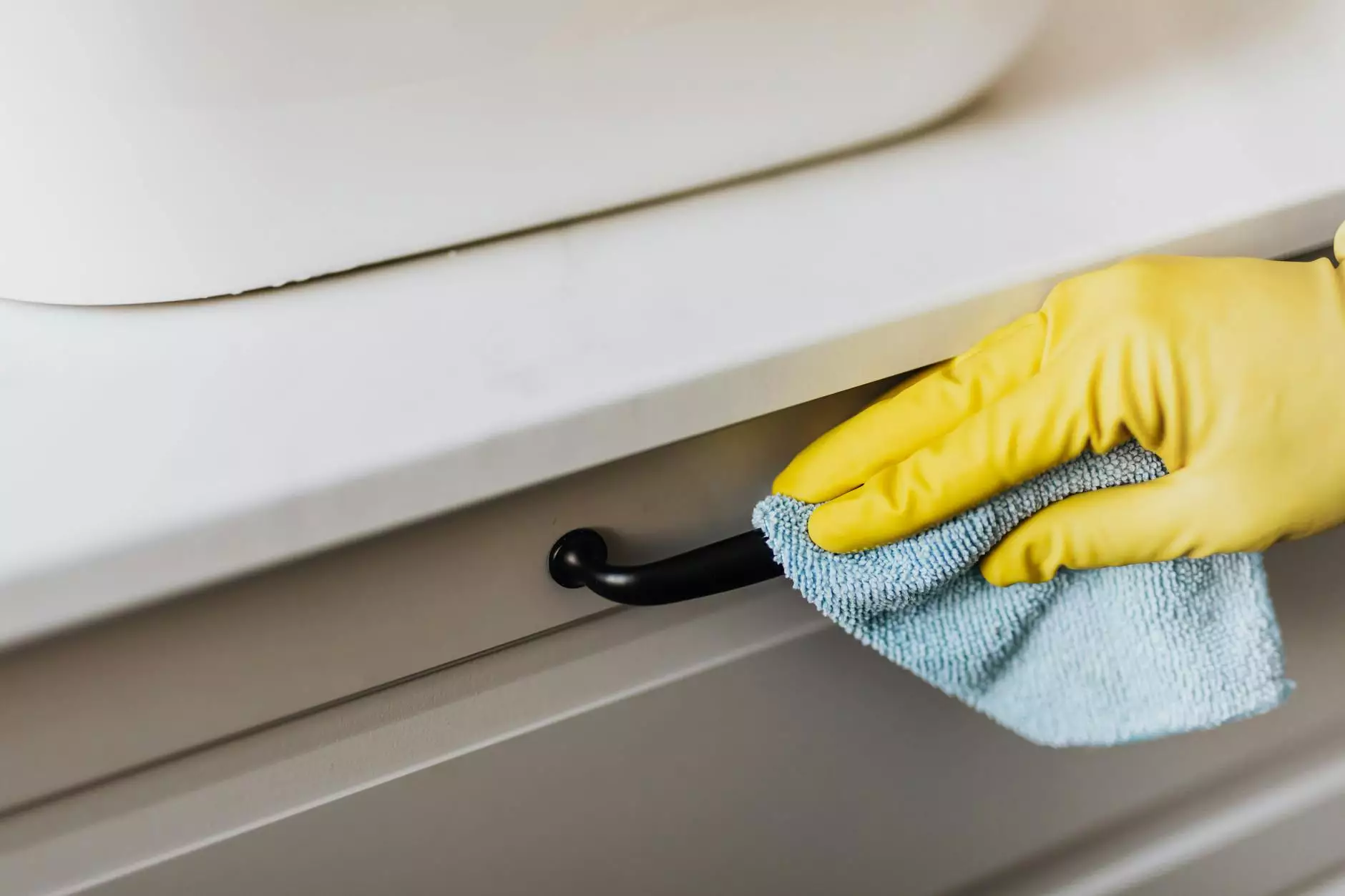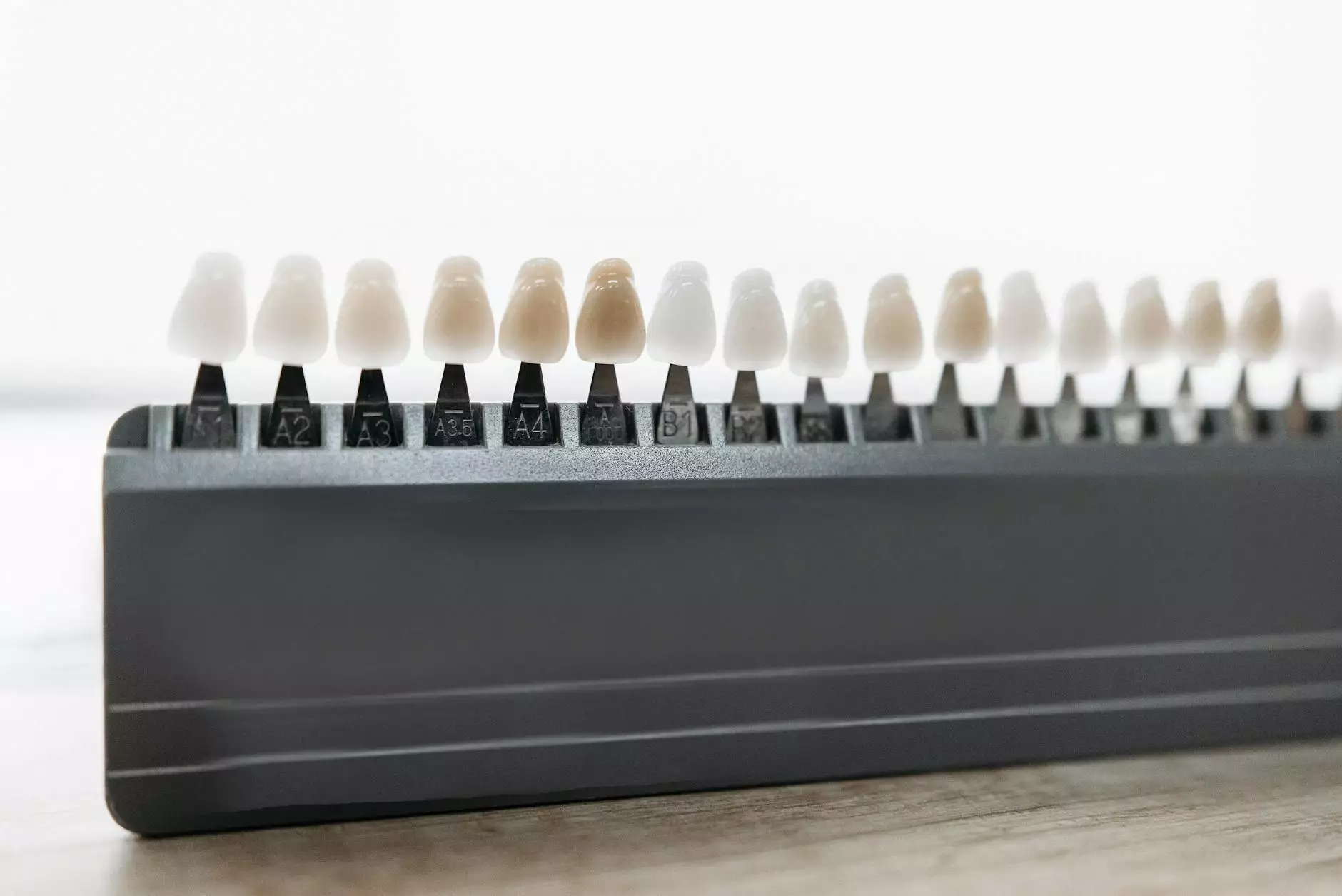The Critical Role of Medical Disinfectants in Healthcare

In today's world, hygiene and safety have taken center stage, particularly in the health and medical sectors. One of the most vital components in achieving a sanitized environment is the use of medical disinfectants. This article explores the significance of medical disinfectants, their types, applications, and the best practices for their usage.
What are Medical Disinfectants?
Medical disinfectants are chemical agents specifically designed to eliminate or reduce harmful microorganisms, including bacteria, viruses, and fungi, on surfaces and medical instruments. Unlike antiseptics, which are used on living tissue, disinfectants are primarily used on inanimate objects and surfaces. The effective use of disinfectants is crucial in preventing the spread of infections in healthcare settings.
Importance of Medical Disinfectants
Understanding the importance of medical disinfectants can help emphasize their role in public health. Here are some key points that outline why these agents are indispensable:
- Infection Control: Medical disinfectants help in controlling the spread of infections, especially in hospitals where patients may be more susceptible to infections.
- Equipment Sterilization: Many medical procedures require the sterilization of instruments to avoid cross-contamination. Disinfectants play a pivotal role in this process.
- Regulatory Compliance: Healthcare facilities are required to adhere to strict cleaning protocols, many of which mandate the use of effective disinfectants.
- Patient Safety: Using appropriate disinfectants leads to a safer environment for patients, reducing their risk of healthcare-associated infections (HAIs).
- Public Health Impact: Widespread use of disinfectants can significantly contribute to the reduction of disease transmission in community settings.
Types of Medical Disinfectants
There are various types of medical disinfectants, each tailored to address specific needs within healthcare settings. Below are the main categories:
1. Alcohol-Based Disinfectants
Alcohol-based disinfectants typically contain ethanol or isopropanol. They work effectively against most bacteria and viruses. Their quick evaporation rate allows for rapid disinfection. Apart from their immediate effect, they are easy to use and are commonly used for hand hygiene.
2. Chlorine Compounds
Chlorine compounds, often in the form of bleach, are powerful disinfectants that can kill a wide range of pathogens. They are often used in cleaning hard surfaces in healthcare facilities. However, they must be used with caution due to potential harmful reactions with other chemicals.
3. Quaternary Ammonium Compounds (Quats)
Quaternary ammonium compounds are effective against bacteria and enveloped viruses. They are often used for disinfecting surfaces in hospitals and clinics. These agents are favored for their low toxicity level and effectiveness on non-porous surfaces.
4. Hydrogen Peroxide
Hydrogen peroxide serves as a versatile disinfectant with oxidizing properties. It is effective against a variety of pathogens and can be used for both surface disinfection and sterilization of medical equipment.
5. Phenolic Compounds
Phenolic disinfectants are known for their broad-spectrum antimicrobial activity. They are effective against bacteria, fungi, and some viruses. They are often used in cleaning protocols for surgical and dental instruments.
Applications of Medical Disinfectants
Medical disinfectants are utilized in diverse applications, particularly in healthcare settings. Some key areas include:
- Hospital Environments: Regular cleaning and disinfecting of hospital rooms, surgical theaters, and waiting areas are critical to minimize infection risks.
- Medical Equipment Sterilization: Disinfectants are necessary for the cleaning of surgical tools, diagnostic equipment, and personal protective equipment (PPE).
- Patient Care: Disinfecting surfaces in patient rooms and public areas helps to prevent disease transmission amongst patients, staff, and visitors.
- Laboratories: Maintaining sterile conditions in laboratories is crucial for accurate research results and patient safety.
- Home Healthcare: With the rise of home healthcare services, disinfectants are essential for patients receiving treatment at home to ensure a safe environment.
Best Practices for Using Medical Disinfectants
To maximize the effectiveness of medical disinfectants, it is essential to follow best practices. Here are some guidelines to consider:
1. Follow Manufacturer Instructions
Always comply with the manufacturer's instructions for the correct dilution, application, and contact time required for effective disinfection.
2. Ensure Cleaning Before Disinfection
Disinfectants work best on clean surfaces. Always clean surfaces with a detergent before applying a disinfectant to ensure the elimination of dirt and organic matter.
3. Use Personal Protective Equipment
When handling disinfectants, appropriate personal protective equipment (PPE) such as gloves, goggles, and masks should be worn to protect against exposure to toxic substances.
4. Allow Proper Contact Time
Many disinfectants require a specific contact time to effectively kill pathogens. Be sure to allow the disinfectant to remain wet on the surface for the recommended duration.
5. Regular Training and Compliance Checks
Staff training on the latest protocols and compliance checks is crucial to ensure that disinfecting practices are followed consistently.
Future of Medical Disinfectants
As we advance into a more health-conscious era, the future of medical disinfectants looks promising. Innovations in formulation, such as the development of greener and more sustainable products, are on the rise. Furthermore, advances in technology, such as automated disinfection systems and UV disinfection methods, are being integrated into cleaning protocols.
Conclusion
In conclusion, medical disinfectants are an integral part of maintaining hygiene and safety in healthcare settings. Understanding their types, applications, and best practices for use can help significantly reduce the risk of infections. As the demand for effective disinfection continues to grow, it is crucial for professionals in the health and medical fields to stay informed about the latest developments and practices surrounding these essential agents. The commitment to cleanliness and safety in healthcare not only protects patients but also fosters a healthier society as a whole.
Explore More at Medalkan.com
For more information on medical supplies and effective disinfecting methods, visit medalkan.com. Stay updated with the best practices and tools available in the medical supply industry to enhance safety and hygiene in your environment.









